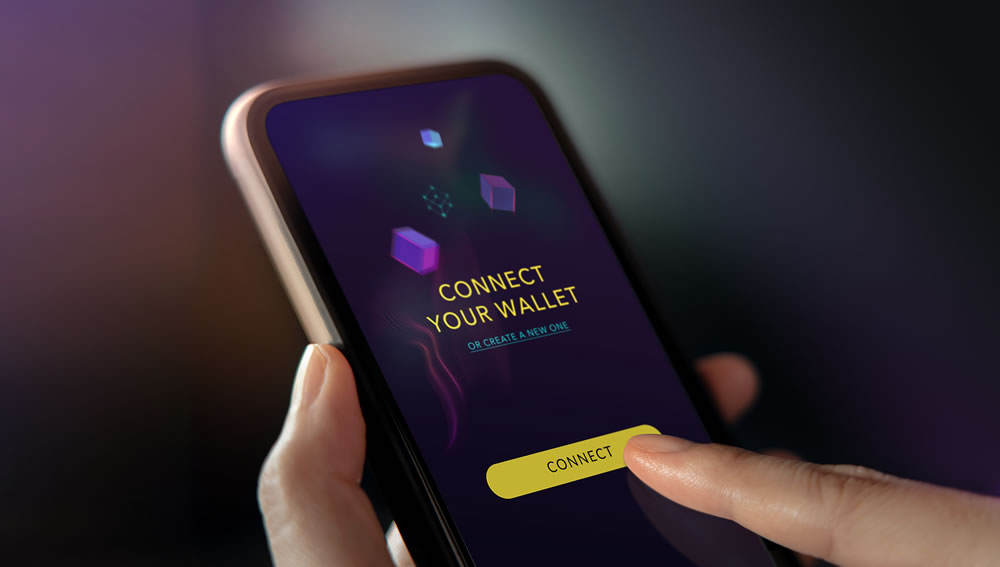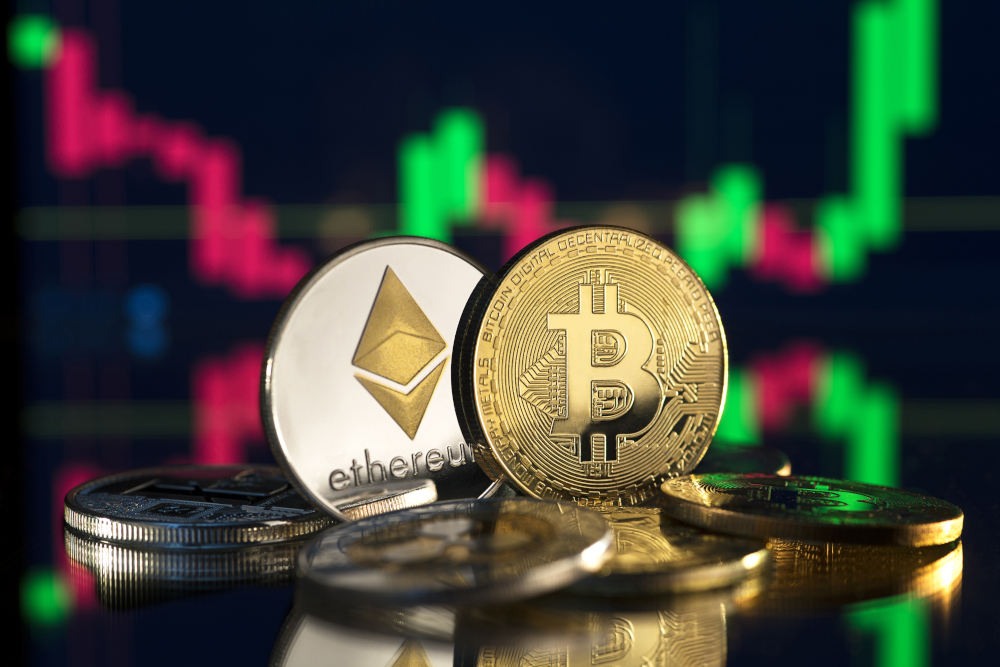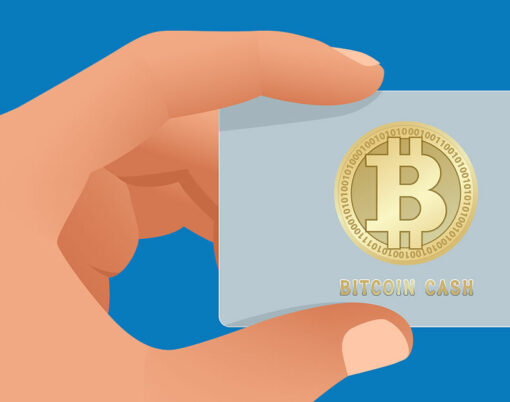In today’s digital world, much of our business and shopping is done online. And, whether it’s booking a lavish holiday or buying groceries, we’re increasingly turning to the internet to source our luxury goods and services, which has, in turn, given rise to various new digital payment methods that consumers can use when indulging in an online shopping spree.
Cryptocurrencies like Bitcoin and Ethereum’s Ether are perhaps some of the most obvious, with wealthy investors seeking to use their digital wealth to make purchases more now than ever before. This is largely down to the fact that, as cryptocurrency investment becomes more accessible, the numbers of those holding crypto fortunes has surged dramatically, and the increased security and anonymity offered by crypto transactions makes them increasingly a preferred choice.
Nevertheless, cryptocurrency isn’t the only means of payment being sought by luxury buyers, and it seems we’re demanding greater flexibility when shopping, too. According to a recent survey by Klarna, around four out of five (84 per cent) of luxury shoppers say that they would find it helpful to be able to pay over time for luxury products rather than forking out the whole cost upfront – which shows that the traditional luxury shopper has evolved.
No longer are high-end brands consumed only by affluent, high-net-worth individuals, and the appetite for designer brands and premium services amongst a Gen Z and Millennial demographic is on the rise. But, with considerably less disposable income to burn than the older and more financially secure shoppers, a more accessible way of sourcing the items and services they want has become highly desirable.
Whichever way you look at it, it’s clear to see that as we continue to embrace the digital world, the way we shop for high-end goods and services have been transformed. Here, we take a look at the various payment options currently being sought by luxury lovers.
Paying over time

Allowing consumers to split their payments over time while enjoying a more transparent shopping experience, it’s easy to see why the likes of Klarna and Clearpay are enjoying a slice of the spotlight at present. Being able to spread the cost has made luxury and designer items, as well as lavish holidays, considerably more accessible to the younger generation, enabling them to get their hands on the items and services they want now, rather than having to spend months saving up for them first.
Of course, payment methods like these aren’t entirely new, and back in the 80s and 90s, catalogues often employed this payment model to make items more affordable for the masses – but it’s only within the past couple of years that this has evolved into what it is today to meet digital demand.
E-wallets

E-wallets are becoming increasingly popular among online shoppers, functioning in much the same way as a physical wallet and acting as a space where card and payment information can be safely stored and easily accessed at just a few clicks of a button via our smartphones.
E-wallets offer users a number of advanced security measures, such as PayPal’s Buyer Protection Scheme. For this reason, they are popular on platforms that deal with sensitive customer information, so you can expect to see them as options when visiting an e-commerce store or an online casino.
E-wallets are designed to be used online, and as such, work quickly and efficiently. Now accepted by a number of major brands and platforms, payments are usually processed instantly.
Crypto

Crypto is a form of digital currency that has been hailed by some industry experts as the future of online payments. By paying in crypto, you can enjoy real-time transaction speeds and reduced transfer fees.
Cryptocurrencies like Bitcoin, Dogecoin and the like are decentralised, which means transactions do not require the involvement of a middleman like a bank or financial institution – something that has made them an increasingly popular choice for making international, cross-border payments, as they won’t incur any additional costs or exchange fees.
Transactions are stored and encrypted on a digital ledger called the blockchain, which makes crypto an incredibly safe and secure payment method with far greater anti-fraud capabilities when compared to other digital payment options.
One downside, crypto is based on complex technology and is not particularly accessible for the average consumer – but for the luxury shopper, this is rarely a problem. While crypto has yet to achieve true mainstream acceptance yet, it has already become widely accepted in the luxury sphere, with high-end fashion retailers, supercar manufacturers and travel companies all scrambling to meet surging demand.
The bottom line
The ability to make fast and secure online payments is more important than ever.
In 2022, the focus is on smoother, easier and more accessible ways to pay for goods and services. As our lives become increasingly based in the digital world, brands and businesses are constantly looking to provide new and improved ways for consumers to purchase goods and services over the internet, and split payments, improved security and minimal fees are all key considerations they must make in order to stay ahead of the game.






















